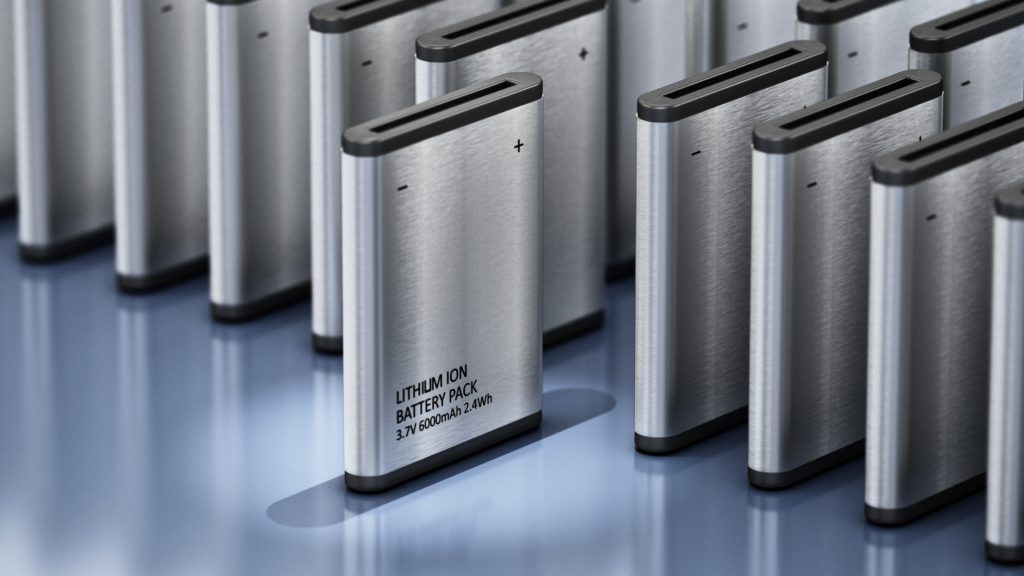
Lead demand may get a boost in 2022 as battery makers opt for cheaper alternatives to lithium, Chinese research house Antaike said on Thursday.
Lead-acid batteries are commonly used in internal combustion engine cars and have steadily lost ground to lithium-ion batteries favoured in the burgeoning electric vehicle (EV) sector.
“The price of lead in the second half of this year was very much stabilised, but for lithium it was picking up very fast,” Antaike analyst Zhang Zhiwei told the China Lead and Zinc Conference.
Prices for battery-grade lithium carbonate in China have more than quadrupled this year to a record high of 232,500 yuan ($36,514) per tonne on resurgent EV demand.
Meanwhile, lead has gained only 5% on the Shanghai Futures Exchange, making it the bourse’s worst performing base metal.
“EVs are very much sensitive to the price of lithium batteries… In 2022, I believe there must be some comeback (for lead) because of the price gap,” Zhang said.
However, the global refined lead market is expected to see a surplus of 95,000 tonnes in 2022, widening from a 19,000-tonne overhang this year, due to a strong rise in secondary lead output, Antaike data showed.
The lead concentrate market will also see a bigger surplus next year of 57,000 tonnes, compared to 40,000 tonnes in 2021, the research house said.
For sister metal zinc, Chinese concentrate supply could ease to 43,000 tonnes next year from an expected 57,000-tonne overhang in 2021, with mining projects coming online later than scheduled.
But ex-China projects would make up for the fall and create a global surplus of 251,000 tonnes in 2022, up from 140,000 tonnes this year, Antaike data showed.
The refined zinc surplus could rise to 100,000 tonnes in China next year from 89,000 tonnes in 2021 due to a 16% fall in demand, while the global market could see a deficit of 5,000 tonnes next year, tightening from a shortage of 54,000 tonnes in 2021, Antaike data showed.
(By Eileen Soreng)
Comments